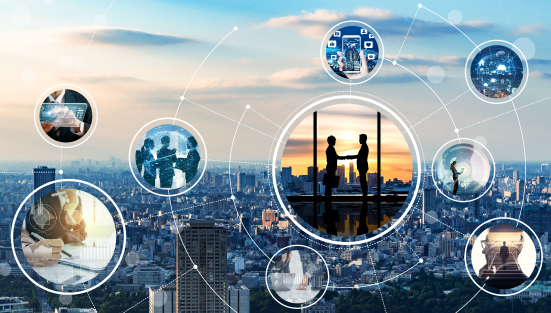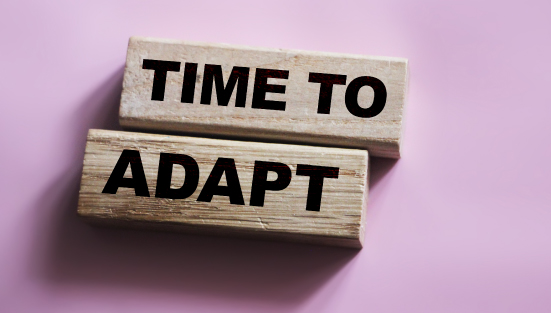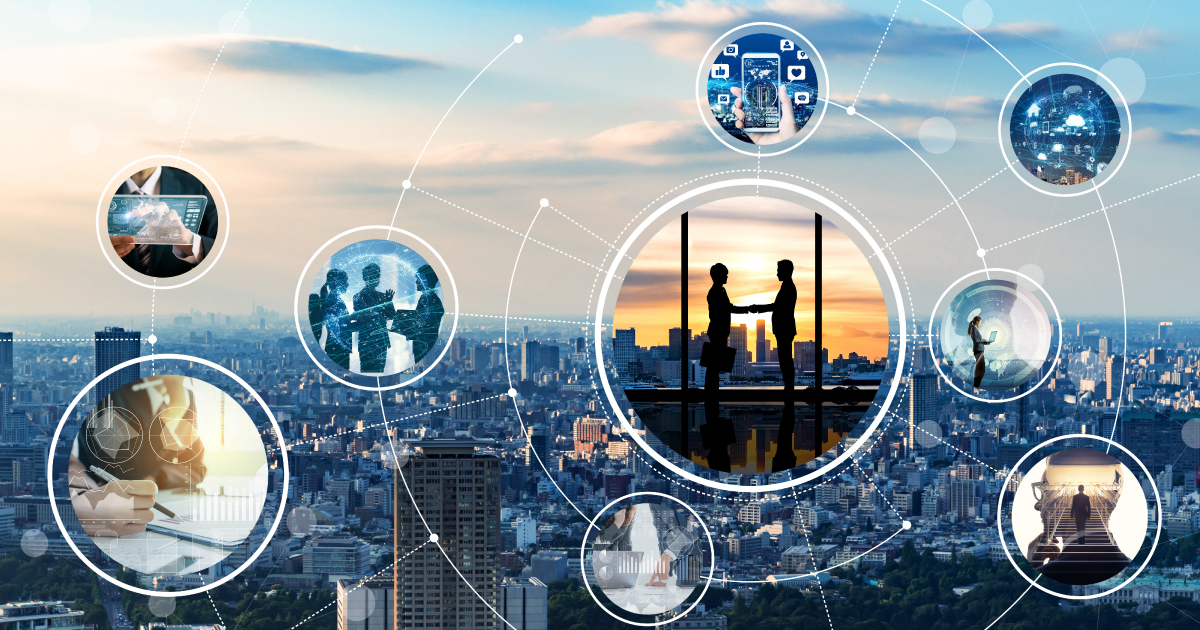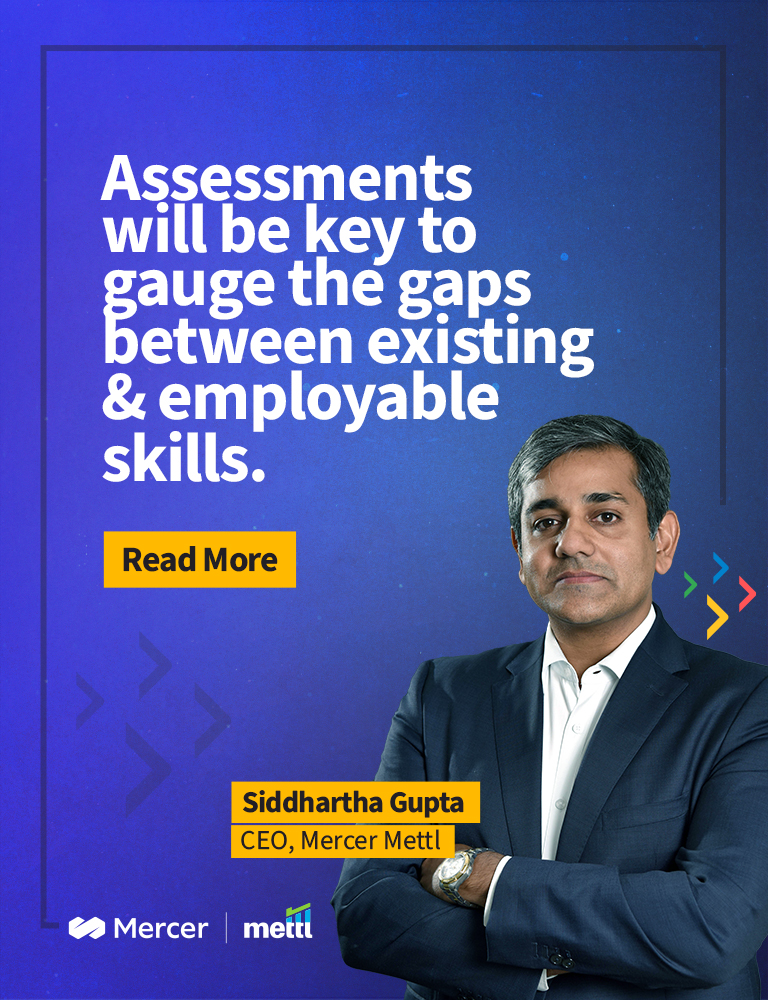Workplaces of the Future
We are all faced with the intriguing question - how do we define workplaces of the future? In the past two years, we have made our way from a customized cubicle in the office to the spare space at home that we have turned into a makeshift workplace. We have moved past the office routine of ‘9 to 5’ and ‘Mondays to Fridays.’ The workplace of the present and the future entails the ability and mindset to work from anywhere, anytime and on any platform. i.e., digital nomadism.

However, the question is how did this come to be? The events that led to this were a combination of - the pandemic, the great resignation, and the digitization process. From an employee’s perspective, the last two years reinforced the epiphany that ‘health is wealth.’ In addition, two years of continuous WFH (Work from Home) led to employee burnout. i.e. ‘Great Resignation.’ It forced them to ask questions such as is there a meaning or purpose to our work? How much control do we have over our time? What is my organization’s contribution towards society? And lastly, do I work to live or live to work?
Consequently, there has been a notable change in the employee-employer relationship. The employee, for once, has all the leverage. They have the freedom to customize their work and career experiences with their well-being at the center of it. An attractive employee value proposition now consists of four pillars—control/freedom, meaning/direction, growth/path and listening culture. For employees, now their physical and mental health is paramount. For this, they expect a certain level of freedom/control regarding how they work. The aim is to have the freedom to design one’s own work environment enabling work-life balance. In addition, workplaces are not just workplaces anymore. For some, they provide meaning to their lives, a purpose. Furthermore, the quality of relationships with fellow colleagues and the senior leadership along with mentorship plays a key in defining an ‘employee experience.’ Now, employees want clarity in terms of career growth. They want to see a clear path regarding their role. They also want an opportunity to expand their skill sets. And lastly, employees want a listening culture where decision making at an organizational level is done basis their feedback.
From an organization’s perspective, the entire modus operandi has been disrupted. As a response, fluid hierarchical and organizational structures have come up to deal with a digitally distributed workforce. Re-conceptualization of productivity has taken place. The notion that productivity equates to number of hours is outdated. Now, it is simply defined as the quality of output. From 2019-2021, the workplace has evolved by 5-10 years, and it is still evolving.
Hence, moving forward, workplaces of the future will be the ones that are able to adapt to the challenges of a disrupted world. The workspace will be an integration of human, physical and digital elements. When designing a workspace, one would need to have clarity and in-depth understanding of intersections and dependences between these three elements.
Technology will be critical for workplaces of the future. Through Big Data, AI— data driven, transparent and flexible working processes and systems will be implemented in a workplace. It will play a key role in integration of physical and digital workspace. Workplaces of the future will be the ones that leverage technology to constantly improve— employee experience, user experience, enhance digital competencies and strengthen business agility. Future workplaces will be able to respond positively to the digitization process. They will feature adaptable employees who are able to constantly up-skill, cross-skill and perform different job functions. Again, technology will play a crucial role in facilitating this. It will help figure out the existing skills gaps through constant data-driven assessments.

The two themes that will epitomize workplaces of the future will be ‘customization’ and ‘adaption’.i.e. ability to customize experiences and environments that are harmonious to both the employee and the employer; and to adapt to the perpetually evolving economy and a disrupted world.
Written by Siddhartha Gupta, CEO Mercer|Mettl


